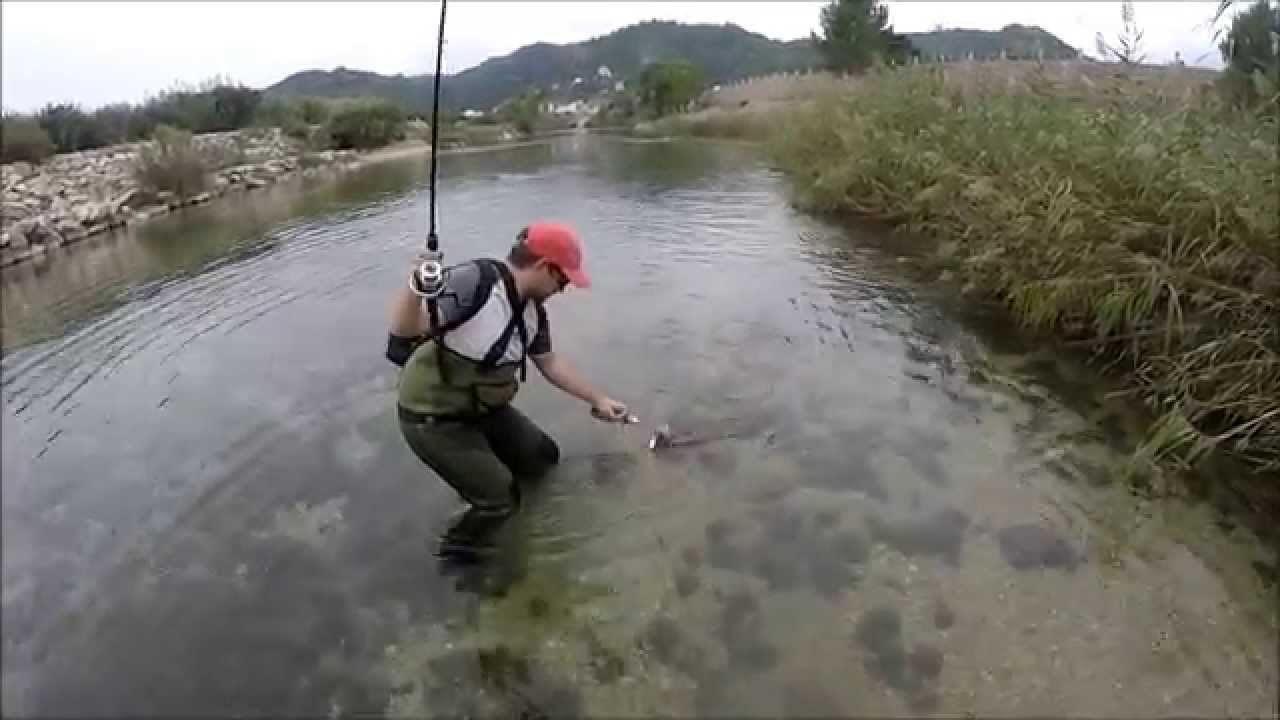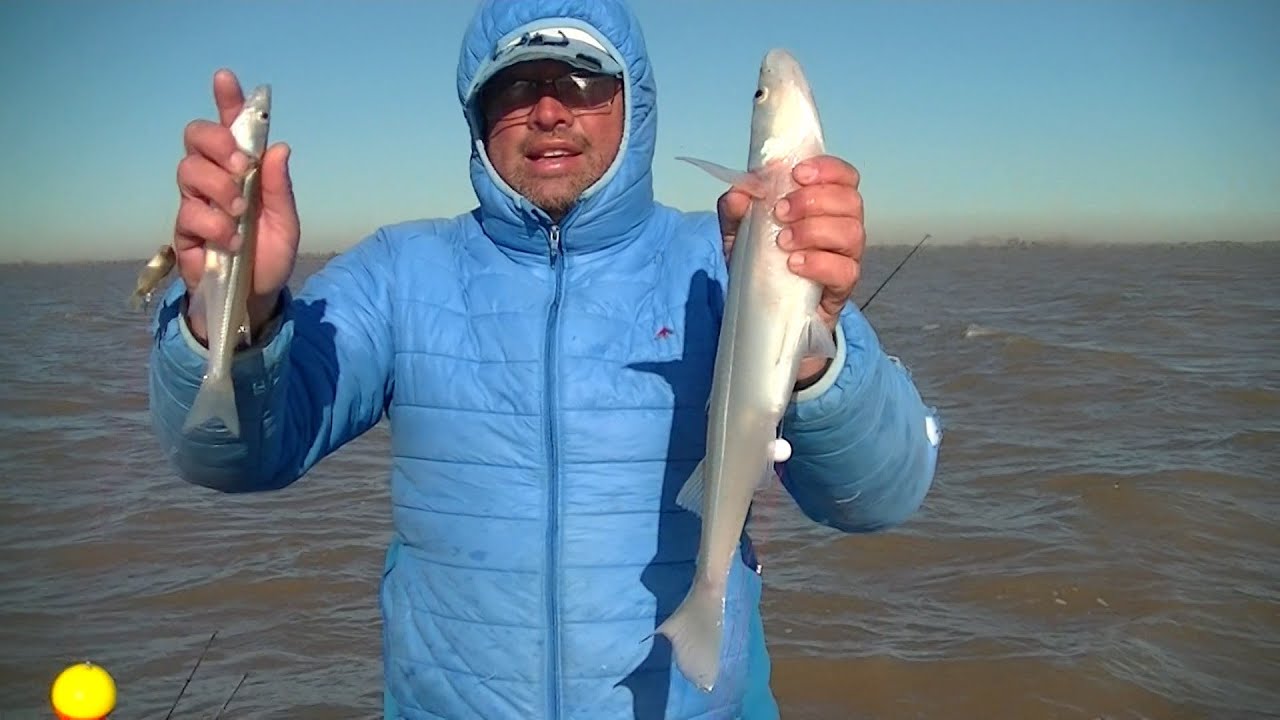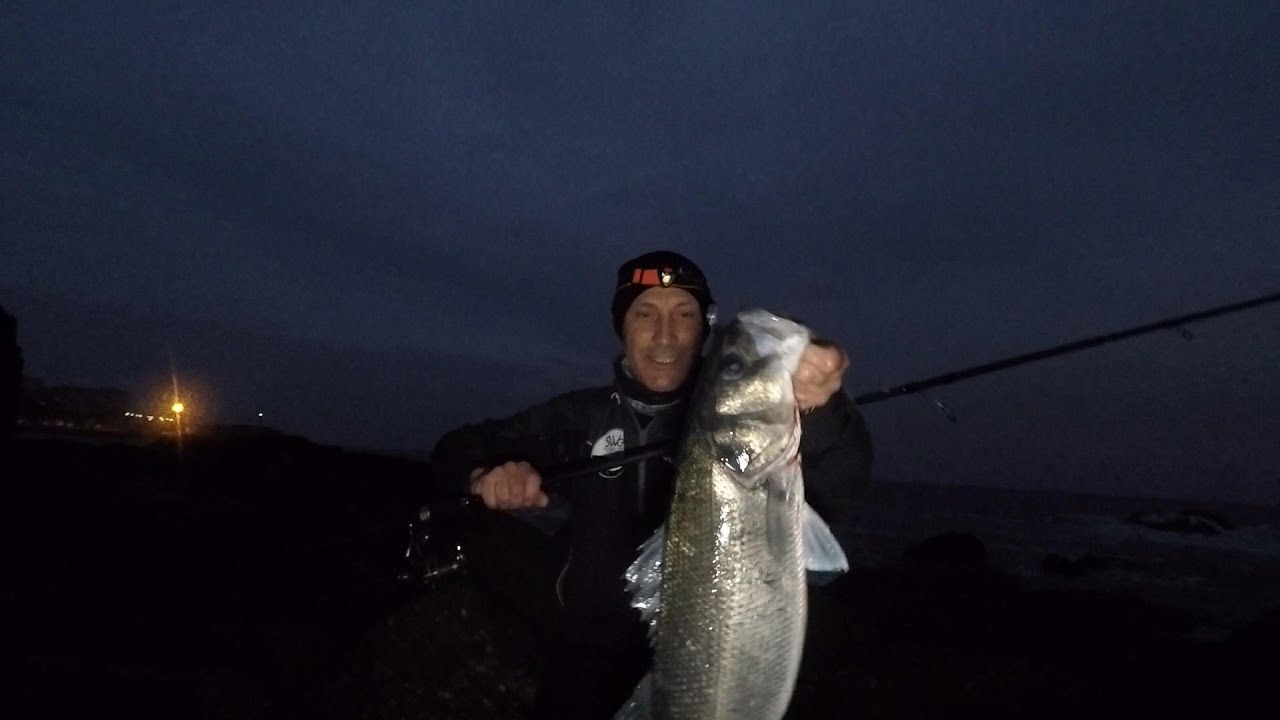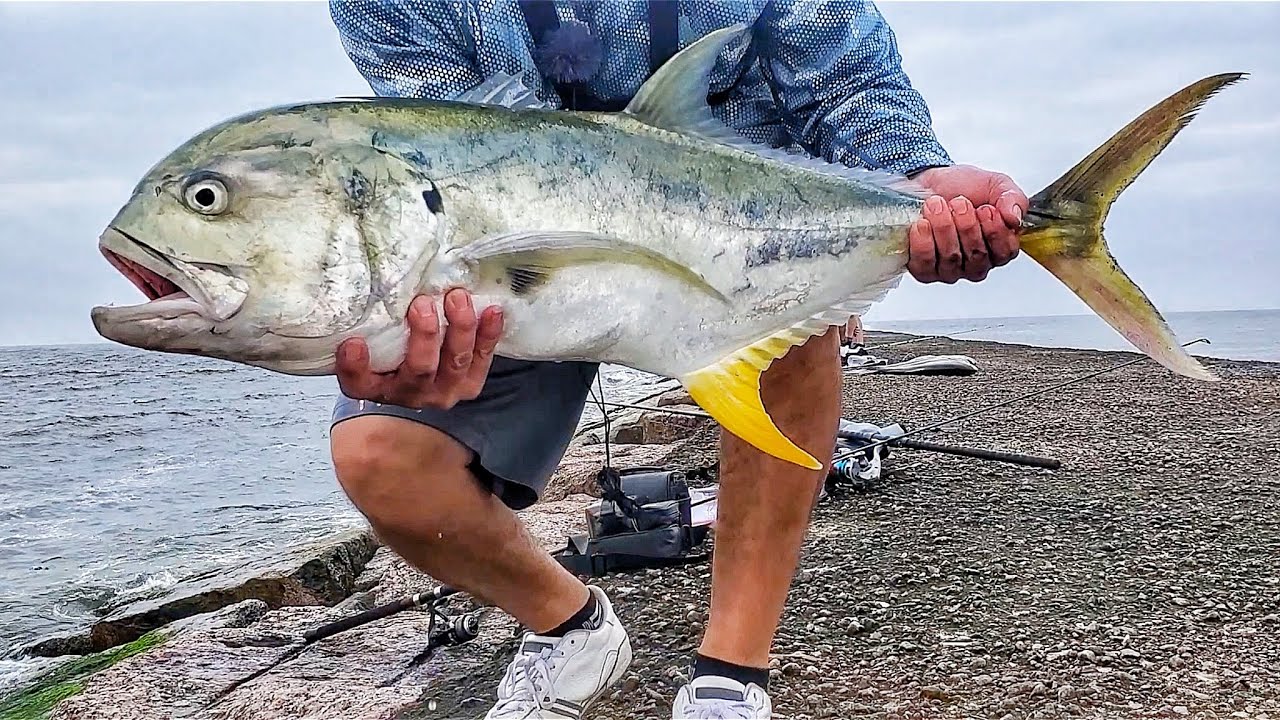Have you ever wondered how you can catch a ton of fish without letting a single one escape? The answer lies in the ancient skill of making a fisherman's net! Keep reading and transform your next fishing day into an adventure worthy of the most experienced fishermen.
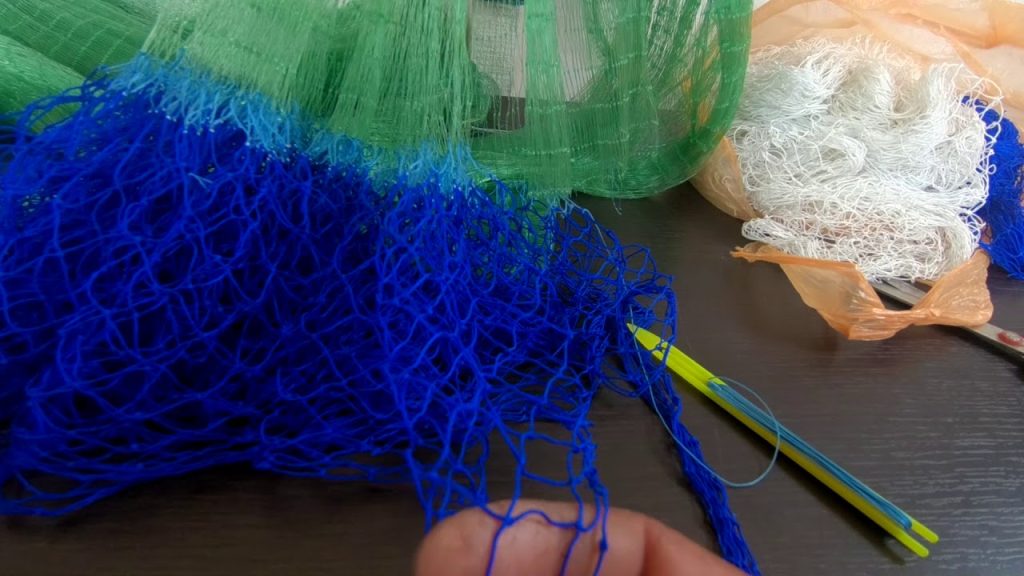
How to Make a Fisherman's Net
Before we dive into the art of weaving a fishing net, let's take a moment to consider the advantages of learning this technique:
- Personalization: You can design your net according to the type of fishing you practice.
- Economic Saving: In the long run, you will save money by not purchasing new networks.
- Personal satisfaction: Nothing like the pride of catching fish with a net you made yourself.
Necessary materials
To create your fisherman's net, you will need the following materials:
- Fishing line or nylon thread: Make sure it is durable and suitable for saltwater or freshwater, as the case may be.
- Rod to weave the net: It can be a stick or some cylindrical instrument that helps you maintain the tension of the thread.
- Network needle: specific for braiding fishing nets.
- Sinkers and floats: to ensure your net stays in the correct position in the water.
Step by Step to Weave Your Network
Material Preparation
- Cut the twine into strips of the desired length. Remember that the larger the net, the longer the strips will have to be.
- Attach the string to the netting needle and prepare the rod to serve as a guide.
Basic Knitting Technique
- Creation of the Start Node:
- Tie a simple knot at the end of the rope to prevent it from slipping.
- First Row Assembly:
- With the rod in a vertical position, pass the thread over it and form a loop that you will then pass under and tighten to create the first knot.
- Network Extension:
- Continue making similar knots, keeping a uniform distance between them so that the spaces in the network are consistent.
- Make sure each new loop you create is tied to the previous one.
- Serial Work:
- Once the first line is completed, build the following ones in parallel.
- Each new line of knots must connect with the previous one, forming a reticular structure.
- Ending:
- When you reach the desired size, cut the excess thread and make sure all the knots are tight.
Tips for a Perfect Knit
- Practice with a small network before launching into larger projects.
- Maintain constant tension on the thread so that the knots are uniform.
- If the knots don't come out at first, don't despair. Practice makes a master.
Now that you have a basic guide to start weaving your own fishing net, all you have to do is get to work. Remember that in the sea, as in life, sometimes you have to cast the net several times before making a great catch.
Dear reader, we thank you for reaching the end of this article. We hope this information is the start of many successful fishing days. Don't forget to add our website to your favorites to discover more guides, tricks and tips that will make your fishing experience unforgettable. Good sea and better catches!
